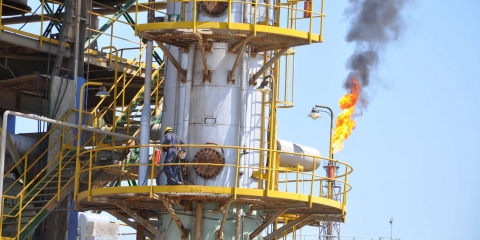Will the COINdinistas Rise Again?
In late 1986, a thirty-four-year-old declared doctrinal war on the U.S. Army. With the stroke of a pen, one anonymous major set in motion a bureaucratic insurrection that, decades later, would subsume a cabal of battle-hardened revolutionaries and reshape American warfare. It was the opening salvo, the beginning of a story that ends with a […]Zach Abels writes for The National Interest:
In late 1986, a thirty-four-year-old declared doctrinal war on the U.S. Army. With the stroke of a pen, one anonymous major set in motion a bureaucratic insurrection that, decades later, would subsume a cabal of battle-hardened revolutionaries and reshape American warfare. It was the opening salvo, the beginning of a story that ends with a maverick warrior-scholar running Donald Trump’s ramshackle National Security Council.
Warfare is “no longer fought simply by the military,” he wrote. “It now encompasses entire populations . . . and its outcome depends more and more on their collective will, what Clausewitz termed ‘the popular passions.’” Petraeus pilloried the Army for its parochial obsession with firepower and conventional combat. He was warning of chinks in the armor. Unlike the brass, he did not see insurgency, terrorism and guerrilla warfare—“small wars”—as aberrations. Scholarship and a penchant for disruption fueled his diatribe. Petraeus dismissed the efficacy of merely killing rebels and touted the strategic logic of addressing “contentious, long-ignored, but popular issues tied to key facets of national life.” At bottom, war is a human endeavor.
Today, his critique rings prophetic. America’s post-9/11 invasions of Afghanistan and Iraq restored “insurgency” to national-security parlance. The ensuing conflicts were messy and slow. They laid bare the limits of the military instrument and the bankruptcy of conventional doctrine. Vicious, resilient insurgencies unleashed by the Taliban, Iran-backed Shia militias, Al Qaeda in Iraq and, later, the Islamic State have imprinted haunting images on the American psyche.





